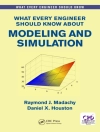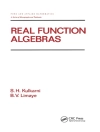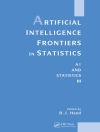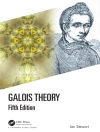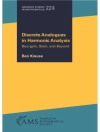A linear integral equation is an equation of the form XEX. (1) 2a(x)cp(x) – Ix k(x, y)cp(y)dv(y) = f(x), Here (X, v) is a measure space with a-finite measure v, 2 is a complex parameter, and a, k, f are given (complex-valued) functions, which are referred to as the coefficient, the kernel, and the free term (or the right-hand side) of equation (1), respectively. The problem consists in determining the parameter 2 and the unknown function cp such that equation (1) is satisfied for almost all x E X (or even for all x E X if, for instance, the integral is understood in the sense of Riemann). In the case f = 0, the equation (1) is called homogeneous, otherwise it is called inhomogeneous. If a and k are matrix functions and, accordingly, cp and f are vector-valued functions, then (1) is referred to as a system of integral equations. Integral equations of the form (1) arise in connection with many boundary value and eigenvalue problems of mathematical physics. Three types of linear integralequations are distinguished: If 2 = 0, then (1) is called an equation of the first kind; if 2a(x) i= 0 for all x E X, then (1) is termed an equation of the second kind; and finally, if a vanishes on some subset of X but 2 i= 0, then (1) is said to be of the third kind.
V.G. Maz’ya
Analysis IV [PDF ebook]
Linear and Boundary Integral Equations
Analysis IV [PDF ebook]
Linear and Boundary Integral Equations
Buy this ebook and get 1 more FREE!
Language English ● Format PDF ● ISBN 9783642581755 ● Editor S. M. Nikol’skii ● Translator Albrecht Bottcher & Siegfried Prodorf ● Publisher Springer Berlin Heidelberg ● Published 2012 ● Downloadable 3 times ● Currency EUR ● ID 6327755 ● Copy protection Adobe DRM
Requires a DRM capable ebook reader



